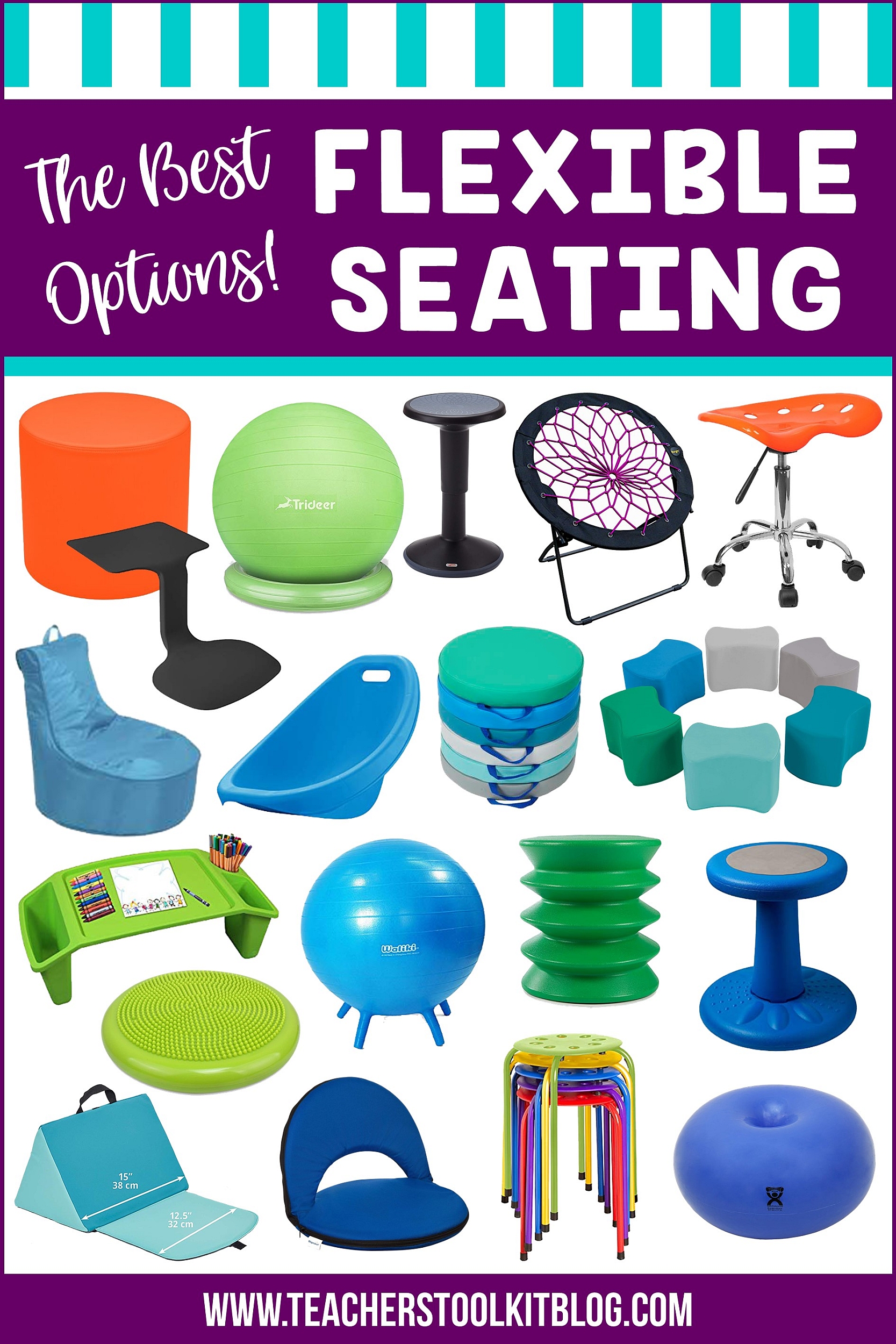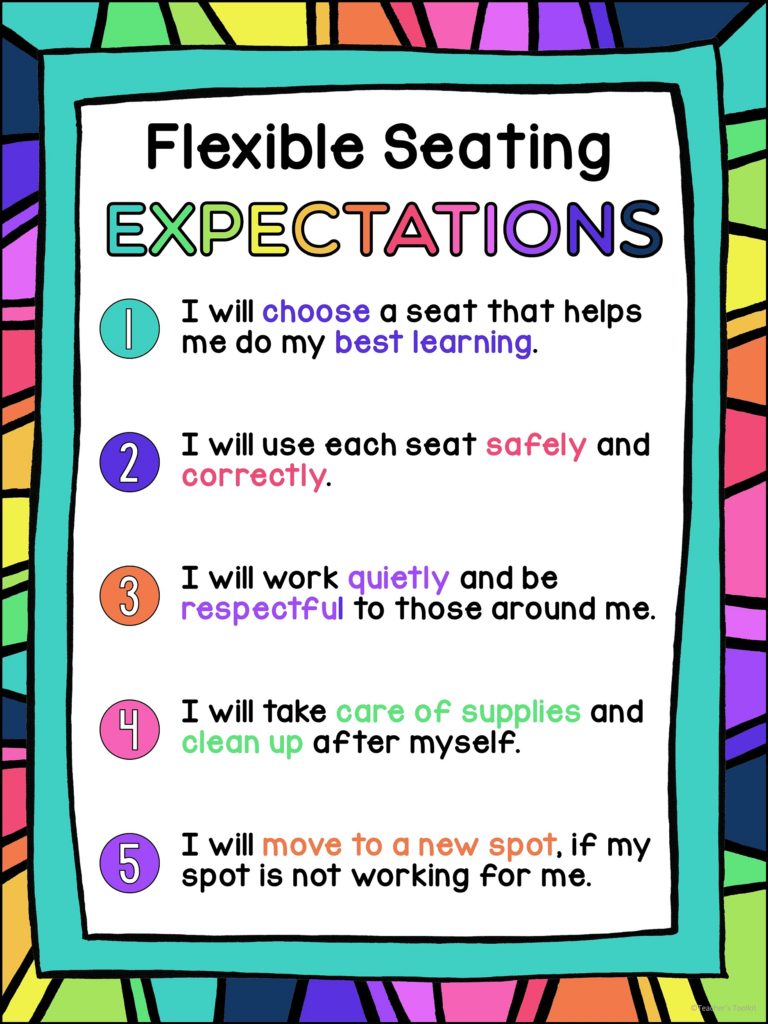As I begin my school year off in a new grade level there are lots of changes and adjustments that I must confront. One big change that is undeniably visible is the use of desks!!! When I taught Kindergarten my seating was flexible in the sense that no student had an actual assigned seat, but instead would rotate through centers and chose a seat at the table they were assigned to be at in that moment. As I walked into my into my new 2nd grade classroom I almost forgot that desks would be involved. Thinking back to my own 2nd grade desk experience, and honestly the majority of my primary school experience, I remember the rigidness of rows facing the black board! I knew for sure that is not what I wanted to do, but also felt a bit at a loss of what it "should" look like. I picked at my colleagues' mind in the building and got great ideas of how to clusters desks together. But, when I looked online for more ideas and inspiration I was greeted by the idea of flexible seating. Although, honestly it did seem intimidating to think of how chaotic it could be, and how much time it would take to create and teach a system in the classroom so it could work smoothly; it was an intriguing thought.
As I read the scholarly journal written by Amani Alzahrani, the sentence "Traditional method of seating. such as desks organized in rows, do not help students to develop the ability to make independent decisions because it does not give students choices." (Alzahrani, 2021) stood out to me like a sore thumb. It makes complete sense, by telling students where and how to sit we are taking away their ability to know what they might need best. If they have choice over how to take in their independence and learning, it might have an overall positive outcome in their learning.
Flexible seating is beyond the furniture used in the classroom but also teaches collaboration and self awareness. Students must show responsibility and self control to able to manage all of the different choices presented to them. Then can the use of flexible seating help them focus in on the content being presented and help stay engaged. Although flexible seating is not a journey I joined in this school year so far, it is something I would like try either second semester or next school year. I would love to hear of your feelings or experiences with flexible seating in the classroom.


Applying flexible seating in the classroom to enhance learning.
References:
Alzahrani, A. (2021). Applying flexible seating in the classroom to enhance learning.Taboo, 20(2), 213-217. Retrieved from https://www.proquest.com/scholarly-journals/applying-flexible-seating-classroom-enhance/docview/2545665715/se-2
Hi Liza! I enjoyed your post on some of the benefits of flexible seating in the classroom. I, like you, have been interested in the use of flexible seating in the classroom, but I have been too afraid to try it! This year, I decided to provide more flexibility as to where students learn while I am teaching (at their desks, on the carpet, at my back table, etc) as long as they are following along and being active learners. I am hoping that one day I will have the courage to completely commit to flexible seating, but I am just not there yet! :)
ReplyDelete